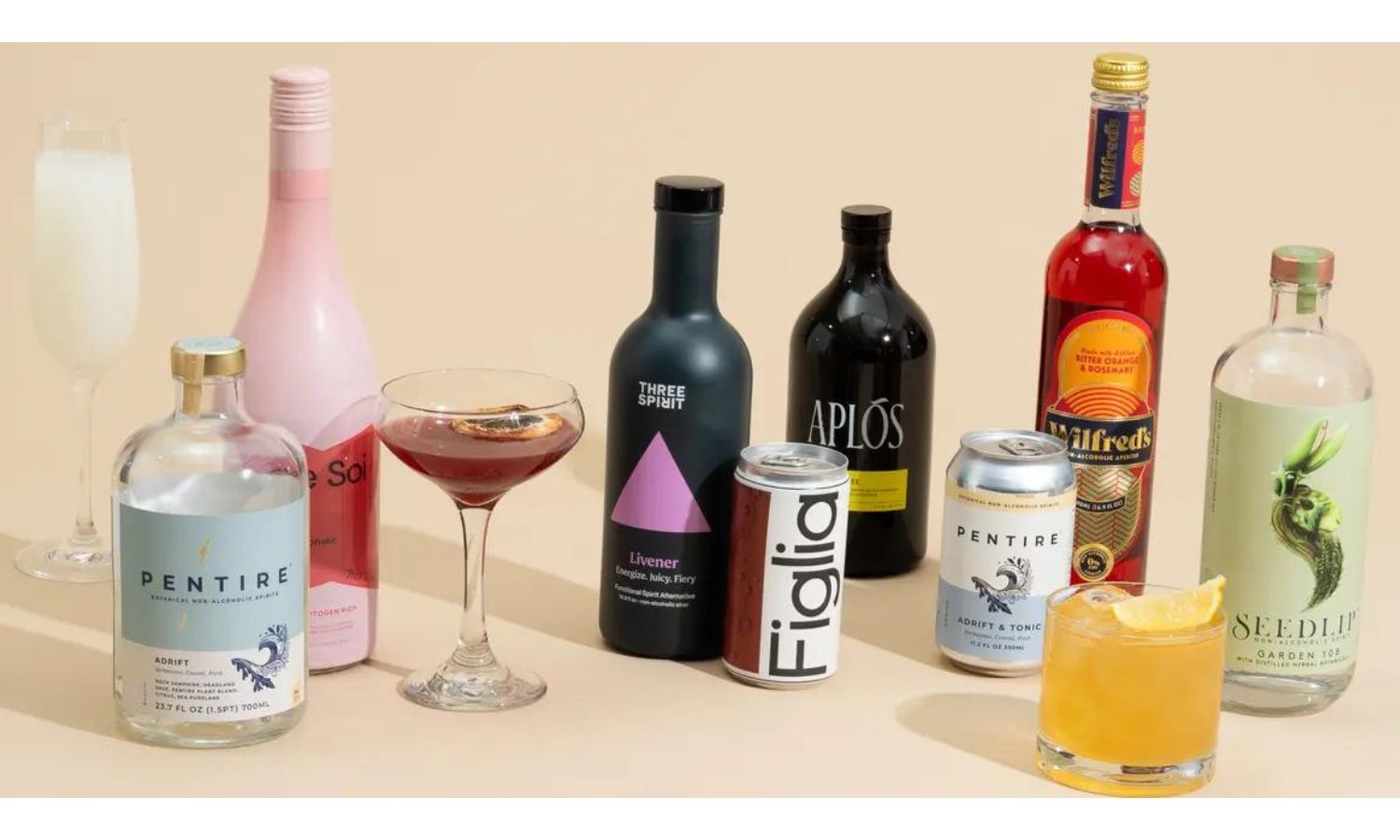California is renowned for its sunny beaches, Hollywood glamour, and diverse cuisine. However, a favored beverage among many Californians, especially during scorching summer days, is bottled water. Nevertheless, a recent study has uncovered a startling revelation about this widely consumed drink: it contains up to 100 times more nanoplastics than previously estimated!
What are Nanoplastics, and Why are They Harmful?
Nanoplastics are plastic particles smaller than 1 micrometer, invisible to the naked eye. They can result from the degradation of larger plastic items like bottles, bags, and wrappers or stem from the production of plastic products, including cosmetics, clothing, and packaging. Nanoplastics can enter the environment through various pathways such as wastewater, runoff, or littering, accumulating in soil, water, and air.
Nanoplastics pose a significant threat to human health as they can easily infiltrate human cells, enter the bloodstream, and breach the blood-brain barrier. They can induce inflammation, oxidative stress, DNA damage, and cellular dysfunction, potentially being linked to various diseases like cancer, neurodegeneration, and infertility. Additionally, nanoplastics can impact the gut microbiome, crucial for digestion, immunity, and metabolism.
How Did the Study Unveil this Shocking Truth?
Conducted by a team from Columbia University, the study employed a novel microscopy technique and a data-driven algorithm to examine 25 one-liter bottles from popular U.S. brands. The findings revealed each bottle contained a range of 110,000 to 370,000 tiny plastic particles per liter, with 90% identified as nanoplastics. Common plastic types like polyethylene terephthalate (PET) and polyamide were detected, along with numerous unidentified nanoparticles, suggesting a higher prevalence of plastic contamination in bottled water than previously acknowledged.
Ms. Naixin Qian, the study’s lead author, emphasized the gravity of these findings, stressing that the impact of nanoplastics on health may have been vastly underestimated. She also called for more research into the broader implications of nanoplastic exposure on human health and advocated for stricter regulations and comprehensive assessments of plastic pollution in consumables.
What Can You do to Protect Yourself and the Environment?
The shocking truth about bottled water may prompt you to reconsider reaching for a plastic bottle. Here are some tips to help minimize your exposure to nanoplastics and plastic pollution:
- Prefer tap water over bottled water if possible, as tap water is regulated by the Environmental Protection Agency (EPA), which enforces strict standards and monitors water quality.
- Utilize a reusable water bottle made of glass, stainless steel, or BPA-free plastic to save money, reduce plastic waste, and prevent chemical leaching.
- Consider filtering your water at home with various filter types, such as carbon, reverse osmosis, or distillation, to remove contaminants.
- Minimize the use of plastic products like bags, straws, cups, or utensils, opting for reusable, biodegradable, or compostable alternatives.
- Recycle plastic waste following local guidelines, ensuring items are rinsed and dried to prevent contamination and increase recycling possibilities.
By adopting these practices, you can contribute to safeguarding yourself and the environment from the unsettling truth about bottled water and nanoplastics. Remember, every action counts!
READ MORE
North Dakota Named America’s Most Corrupt City, Again

